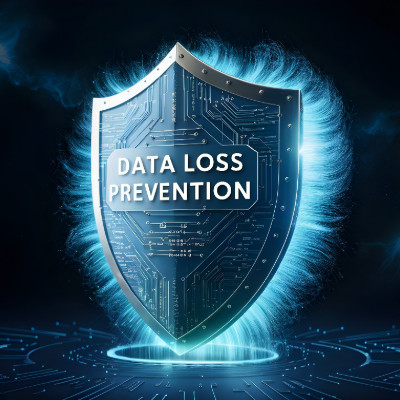When an employee leaves your business, they go through (or they should, at least) a comprehensive offboarding process where you collect their keys, laptops, and other assets you gave them to do their jobs. You may have collected these physical keys, but certainly not their digital keys. You might still see them pop up in the instant messaging app, or you might find recent activity from their account in your shared drive, all of which is problematic.
If you’re not careful, ex-employees might still be using company resources for their own personal use, and this can create a serious security risk for your business—not to mention the legal ramifications should anything bad happen.




















